So you found the hair routine of your dreams and your hair is just magnificent…
But then it just stops working. What’s going on?
Here’s the science behind why your products just suddenly stop working, and what can you do about it.
The video is here, keep scrolling for the text version.
You might need to change shampoos
First off, changing shampoos can make a difference!
I did a post recently about how complex shampoos are, and one big reason is that the way they clean is complicated. The one shampoo will work in different ways to remove different ingredients from your hair.
For example, these diagrams show how an oil gets cleaned. The pink tadpoles are the surfactants, the cleaning ingredients from the shampoo, they break off bits of the oil into mini droplets.
And it’s actually more complicated than this! For example, a really runny oil isn’t going to interact the same way with these surfactants as a thick, sticky oil.
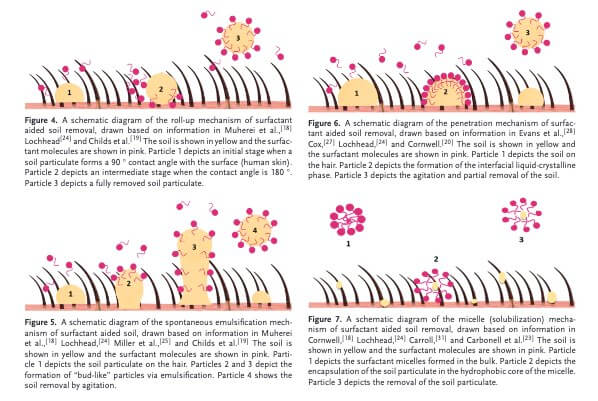
This means some shampoos might be worse at cleaning off a particular type of substance from your hair than other shampoos. So if you use a shampoo for a while, an ingredient might be building up. It could be a styling ingredient, it could be a conditioning ingredient in your conditioner – it could even be something in the shampoo itself.
You might just need to rotate through a couple of shampoos. A clarifying shampoo can also help – however, a lot of the time these are designed to be shampoos you use every once in a while and might not be enough to remove the buildup, but it could still be worth a try.
You’ve changed your other products
Hair products are pretty complicated, so how they work with each other can make a difference. It’s like a groupwork assignment, but for hair products.
It might feel like one product is working differently, when it’s actually another product that partied too hard and didn’t finish formatting the presentation you’re all presenting. (Analogies help me work through my trauma!)
Here’s how this works for hair products. For example, with conditioning – conditioning ingredients show up in most hair products, not just conditioners, so they all work in tandem.
Situation 1: You might have added a hair mask to your routine. It might be leaving an ingredient in your hair that your shampoo can’t remove as easily. So now it feels like your shampoo isn’t working as well anymore.
Situation 2: You might have changed shampoos. Maybe your old shampoo had a conditioning ingredient which combined with everything else you’re using gave the right level of conditioning. But your new shampoo is less conditioning, so it feels like your normal conditioner isn’t working anymore. Maybe if you go back to your old shampoo, your conditioner might feel like it’s working enough again.
You treated your hair
This is something I am very familiar with!
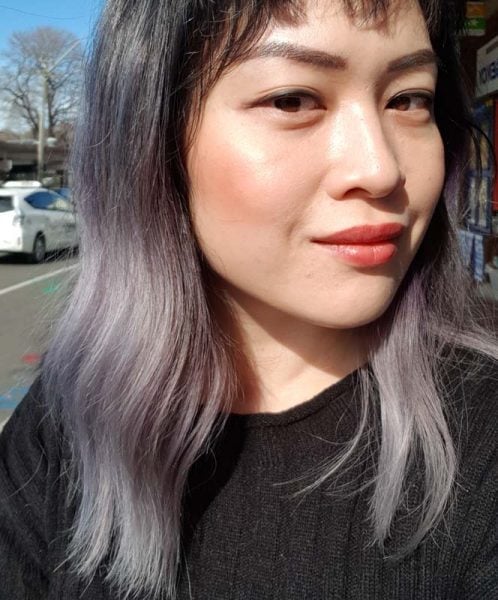
Related post: What to Expect After You Bleach Your Asian Hair
I think we all know chemical treatments like perms, dyes, straightening, and bleaching are really damaging, but it’s a bit more complicated than that. To make your hair feel nice again, you can’t just use a more concentrated conditioner! These treatments actually change the structure of your hair so it doesn’t interact with ingredients the same way.
The specific part we’re concerned about here is chemical oxidative damage, which changes the chemical structure of the hair. One of the main places this happens is the F-layer.
You might’ve seen this hair diagram before:
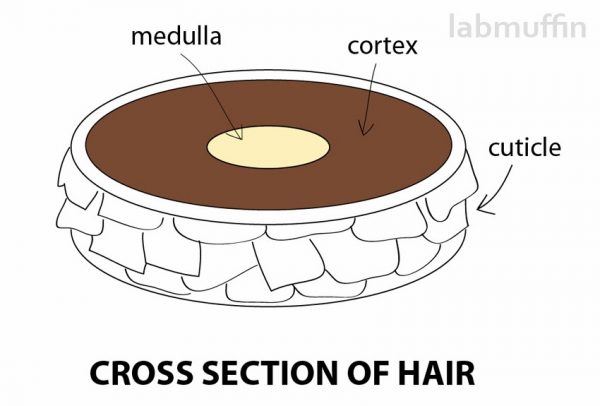
If we zoom into the surface of the outside layer (the cuticle), there’s this thin layer of oily substances attached. It’s called 18-methyleicosanoic acid (18-MEA for short). It’s like your hair’s natural hair conditioner, and it’s permanently bonded to your hair.
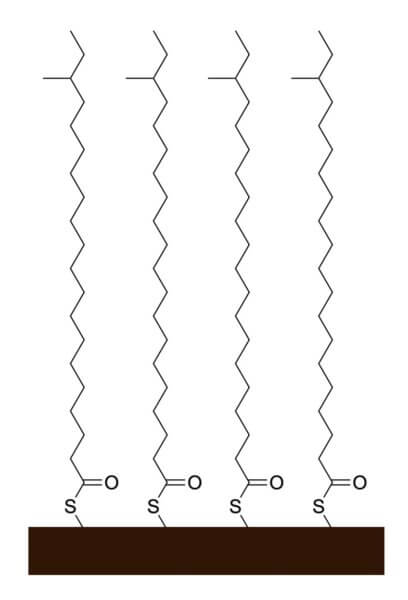
When you treat your hair with an oxidising chemical treatment, a lot of this 18-MEA breaks off, leaving behind groups called sulfonates:

These are not oily. Instead, they’re polar, which is on the other end of the chemistry spectrum, where water is. And like water, they don’t stick to oil easily.
This is a problem because a lot of hair conditioning ingredients are oily. They stick efficiently to the oily F-layer on less damaged hair, but they’ll slide right off the sulfonates on super damaged hair.
So hair conditioners designed for less damaged hair are not going to work as well on damaged hair, no matter how much you use. Plus your hair is more damaged, so it’s getting less conditioned while needing more conditioning!
That’s one big reason why I think a lot of people have a bit of a crisis after they radically change their hair. I certainly did – it felt like I’d just ruined my hair and there was no going back.
But… I actually just needed a different hair conditioner, with more positively charged conditioning ingredients!
These new sulfonate groups are negatively charged most of the time, and opposite charges attract. So positively charged conditioning ingredients (known as cationic ingredients) stick more strongly to the more damaged sections of your hair, which is what you want.
They’re also usually self-limiting. That means that once enough has attached, your hair will have a slight positive charge. Since like charges repel, positively charged ingredients will have a much harder time sticking on, so your hair is less likely to get weighed down.
Here are some examples of uncharged and charged conditioning ingredients:
Uncharged:
- Dimethicone
- Plant oils
- Cetyl alcohol
- Stearyl alcohol
Charged:
- Cetrimonium salts
- Behentrimonium salts
- Polyquaterniums
- Amodimethicone
Now here’s the tricky bit: all hair conditioners will contain a mix of both categories, but conditioners for damaged hair will usually be formulated with higher inputs of the charged ingredients. So looking for labels like “damaged” “coloured hair” “intense repair” is a good starting point.
But these ingredients also show up in some other conditioners too! One of my favourite supermarket conditioners is the Toni and Guy Volumising Conditioner, which has amodimethicone near the top of the ingredient list. I never would’ve tried this if I wasn’t looking for charged ingredients. My hair is coarse, so I actually have a lot of trouble with poofy hair and I stay away from “volume” products, but this works really well.
Chemical treatments are the main thing that blasts away a lot of the F-layer, but other things can remove it too like UV from the sun and pool chlorine. These tend to cause a lot less damage, but if you suddenly notice your hair conditioner stops working after you start swimming for 6 hours a day in summer, this might be worth looking into.
Your water changed
A lot of people notice that their products don’t work as well after they move to a different location. There are a lot of possible culprits, but one of the most common is tap water.
Some places have hard water, which contains more metal ions (mostly calcium and magnesium). These can bind with fatty acids and turn into tiny soap scum particles, which stick to your hair.
Fatty acids aren’t common in most shampoos and conditioners anymore, but they are found in solid shampoo and conditioner bars, or “natural soap” shampoos. Some examples:
- Lauric acid
- Stearic acid
- Palmitic acid
- Oleic acid
- Caprylic acid
They can also be listed in the ingredients as some sort of natural fat or oil (olive oil, beef tallow, coconut oil), along with sodium hydroxide or potassium hydroxide.
Fatty alcohols don’t have this problem, and plant oils don’t have this problem if there’s no hydroxide base, because the acid groups are tucked away in their structures. You do also have some fatty acids in your sebum that could potentially react the same way with hard water.
The hard water ions can also stick to your hair, especially if it’s damaged (it’s those sulfonate groups again, they can hitch a ride on them). They can then interact with products you use outside of the shower like hair serums, so have a look at those as well.
On top of that, hard water ions can also make some of the ingredients in your hair products less effective. For example, some of the cleaning agents (surfactants) in shampoos don’t work as well in hard water.
Tap water can also have other metal ions like copper and iron. These can speed up oxidative reactions in your hair, so they can mess up how chemical treatments like bleach and hair dye work – they can produce a lot of heat, and cause far more damage than usual. A lot of hair damage processes are also oxidative, so these ions can also be speeding them up and making your hair more damaged and harder to maintain.
Copper can also turn your hair green – it’s in a lot of swimming pools, so it isn’t actually the chlorine’s fault.
The best thing to do is probably try some products without fatty acids, and consider getting a water softening shower head.
The humidity changed
Another big change with location is humidity. Water has a huge impact on hair, and humidity especially messes around with your hair shape. When you style your hair, you’re pretty much holding it in place with hydrogen bonds.
Picture this: You and your dog go to an empty dog park. You have a nice strong bond with your dog – you call for your dog, he comes running.
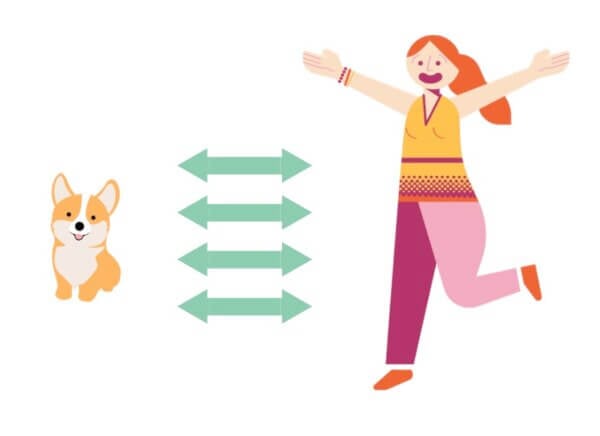
Now we add in a whole bunch of really friendly dogs. Your dog’s distracted, you’re distracted, you’re both having all these interactions with other dogs, your bond with your dog is temporarily weaker.
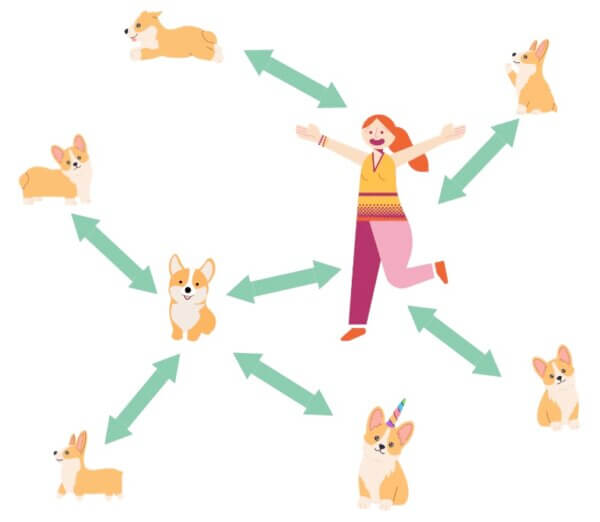
This is basically what water does to your hair. Your hair contains a whole bunch of protein, the shape is held in place with hydrogen bonds – it’s kind of like glue. Water also forms hydrogen bonds, so when you dump a whole bunch of water on your hair, your hair proteins start forming bonds with these water molecules instead of each other – your hair isn’t held in place anymore, and you get frizzy hair.
Styling products work by adding extra bonds on the outside of your hair strands, to add to the hold the hydrogen bonds are giving. But if the humidity is higher, there’s more water around, a lot of the hydrogen bonds are gone and your styling products are left doing all the work (sounds familiar…) – they might not be enough anymore. Some styling ingredients can also hydrogen bond, so these water/puppies will mess up how they hold as well.
So if you’re in a more humid place, you might want to try some styling products with more humidity resistance.
Related post: Hair frizz science: water and hydrogen bonds
Hormones and aging are changing your hair
Another thing that might’ve changed is your natural hair.
Hormones can change a lot of stuff in your body, and even though your hair is dead, it can still have an impact. For example, around menopause, hair tends to become thinner, and there’s less oil production on your scalp, so your hair isn’t getting as much natural conditioning. If thinning is a problem you might want to look for volumising products, or if your hair feels rougher, you might want a heavier conditioner. Some medications like isotretinoin and oral contraceptives can also lower oil production.
During pregnancy, hair tends to grow a lot faster and becomes thicker, but after giving birth, that goes back to normal and you lose a whole bunch of hair, which is pretty disturbing. Being really sick or stressed can also cause a whole bunch of hair to prematurely end their growing cycle, go dormant and fall out (telogen effluvium). The hair loss usually happens a few months afterwards though, and that delay means it’s harder to make the connection, so a lot of people end up blaming their hair products.
There’s also this annoying aspect of aging – your hair texture changes. But it isn’t like it all goes curly, you just start getting more and more… irregular hair strands. It tends to start in your 30s. So now some of my hair is wavier than it used to be, it’s a bit like there are multiple hair types on my head now. My hair feels and looks rougher than it used to, and the bleach didn’t really help things, but no regrets!
They changed the formula
I left this til a bit later, because it’s kind of obvious – sometimes companies will change the formula without telling anyone. So check if the ingredient list has changed.
Sometimes there can be changes without the ingredient list changing too. A lot of cosmetic ingredients aren’t pure substances, they’re mixtures, so the exact properties can change. With all the supply chain issues, a lot of companies have had to adjust their formulas.
You’re taking it for granted
Finally it could just be that you loved the product at the start, because it made a huge difference when you were using a much less suitable product. But now your expectations have changed. You’ve been spoiled by the product, and you aren’t appreciating what it’s doing anymore.
This is really common – we did not evolve to have perfect memories, and we tend to notice novelty. So maybe put your product aside, try a different product for a while (or skip using it if it isn’t an essential product) and see if you notice a difference. Then add it back and see if you notice any changes.

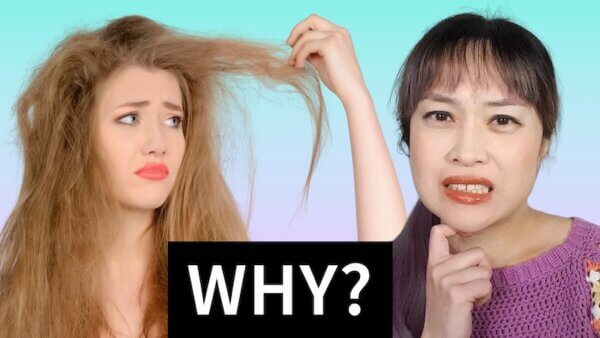



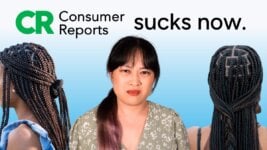
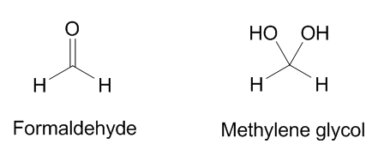
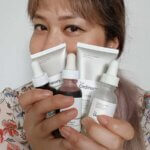
Your blog is amazing. Thanks for keeping these written instead of just moving entirely to video format, I don’t do well with video. Really really really appreciate the works you put in here.
This is SO helpful. I have very dry, damaged hair from coloring (and who knows what else I’m doing wrong), and I was told to try using coconut or almond oil as a mask. Now I understand why that’s not working! Do you have deep conditioner or mask recommendations for damaged hair?
She has a YouTube video that’s very positive about olaplex after bleaching hair.
Amazing as always. Could you do a post about rinsing your hair with hot vs cold water? I always see the advice that you should do the final rinse of your hair with cold water to close the cuticles — but I suspect this is a myth, and I don’t want to take a cold shower if I don’t have to!!